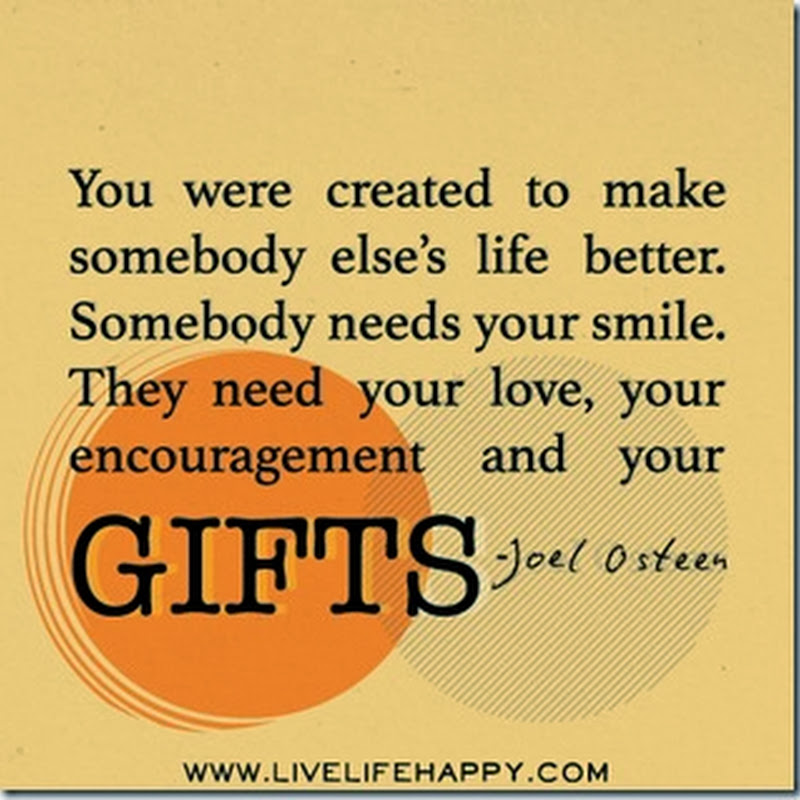
Today when I picked them up from work, I decided to stop in at Fort York and watch some of the Aboriginal Festival events. National Aboriginal Awareness Day is June 21st and Fort York extended the celebration to a three-day festival. I only had time to see two events, but I was glad I went as I enjoyed them both.
First we saw Morningstar River, a Toronto Ojibwe group, perform traditional warrior songs. It is hard to tell in the picture, but the performers were doing a combination of very powerful drumming and singing.

They invited one one of the drummer's wives to come up and the couple performed a song together (she was in the middle of feeding the baby so I'm assuming it was impromptu). I had to smile that the baby didn't mind how loud the singing and drumming was - she was obviously used to it.
Did you know that the Ojibwe (also known as Ojibway, Chippewa, and Anishinaabe) are the largest First Nations group in United States and Canada? Both my sisters were adopted and one of them is Ojibwe so I have learned a little about their culture through her.
I loved the clothing the performers were wearing - a combination of the traditional beautiful embroidery on shirts, leggings, and breechcloth, but all made using modern material.
The second event we saw was the Métis Fiddler Quartet. I had a look on-line and they are a group of siblings from Winnipeg who recently won Best Traditional Album at the 2012 Canadian Folk Music Awards.
The Métis are a distinct group of Aboriginal People here in Canada comprised of people descended from a mix of First Nations and European heritages. The official message seems to be that Métis can be either French or English and Native, but traditionally only those who were a blend of French Canadian and Native cultures were considered Métis. The important thing is that early on they established a distinct culture, language, and identity which had elements of both First Nations and European society.
According to the Métis National Council this is who they are:
The advent of the fur trade in west central North America during the 18th century was accompanied by a growing number of mixed offspring of Indian women and European fur traders. As this population established distinct communities separate from those of Indians and Europeans and married among themselves, a new Aboriginal people emerged – the Métis people – with their own unique culture, traditions, language (Michif), and way of life, collective consciousness and nationhood.
The Métis Fiddler Quartet were wearing their traditional dress including the ceinture fléchée - the woven belt originally worn by the voyageurs (useful to prevent hernias when they lifted the heavy bundles of furs) and now a symbol of the Métis people.


I happened to glance over to the raised vegetable gardens outside the performance tent and loved the contrast of the vegetables and the bright umbrella with the traditional stripes of the Hudson's Bay Company (a fur trading company that was founded in 1670 and is now a Canadian department store).
And Tim Hortons was there. They were giving out free food and drinks and were one of the sponsors of the Aboriginal Festival. Thanks Tims - we enjoyed the yogurt parfait and cookies while we watched the performances.
p.s. Although the Aboriginal Festival is finished, there are many other things to see and do in and around Toronto. You can read about them in my post here.



















































































































































































.jpg)















































































.jpg)



























I had no idea bout the Chippewa. Posts like this one is why I love your blog so much....always educational and entertaining! What a fun way to spend a day.
ReplyDeletexo,
RJ
Very interesting. I imagine the blend of French and Native is signified in some ways by the wearing of La ceinture fléchée given that it is also part of French-Canadian history. I have always loved these when people bring them out at Carnaval.
ReplyDeleteLooks like an interesting festival.
Great day out! I'm planning on the taking my kids to Fort York in July. We live so close and have never been! It's a priority this summer! What amazing culture we have in our neck of the woods. I am so glad that festivals like this are held to help us celebrate our diversity!
ReplyDelete